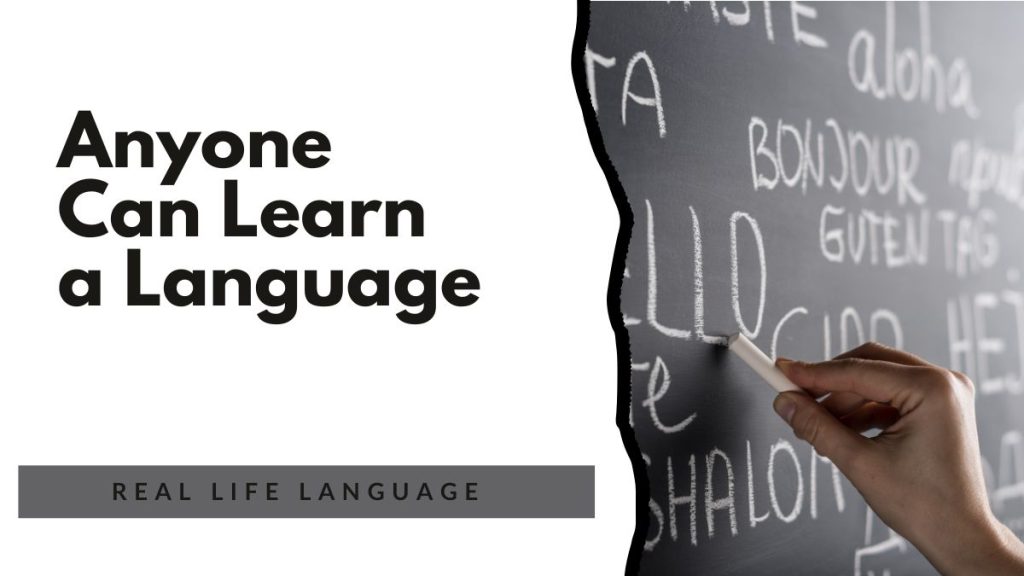
This article expands on the ideas from my video in the series about building a language learning routine. If you watched the episode, you’ll recognise the central theme: second language learning acquisition course: comprehension is driven by the input we understand. In this post I explain the practical steps I recommend for listening and reading input, outline resources I use, and give specific routines you can adopt today.
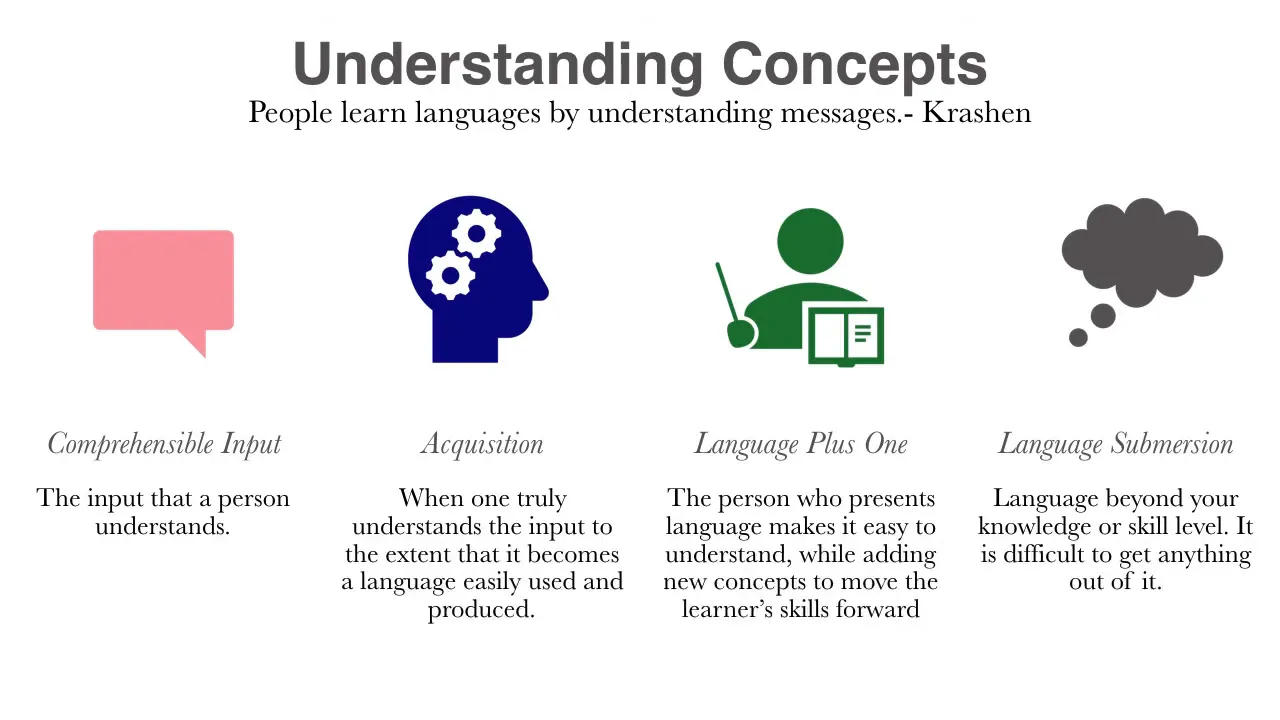
Why comprehension matters
At the heart of any second language learning acquisition course: comprehension is the concept that people learn languages by understanding messages. Dr Stephen Krashen put it simply: people learn languages by understanding messages. I believe this wholeheartedly. When input in the target language is understandable, learners naturally take in vocabulary, grammar and structures without forced memorisation. This process is often called acquisition, as opposed to deliberate learning.
“People learn languages by understanding messages.”
Key idea: language +1
Language plus one means presenting material that is slightly above the learner’s current level. It requires a little problem solving from the learner, but not so much that the message becomes incomprehensible. For example, an intermediate learner benefits from magazines, quizzes and illustrated texts that challenge comprehension without overwhelming it. Avoid language submersion—content that is far beyond your level—because it yields little learning.
Listening first: build the ear
Listening is the first skill to develop. Even if you already read well in your native language and can transfer literacy skills, listening should lead. Start with slow, comprehensible audio and progress to more natural speech.
Listening tools I recommend
- Audio courses (Pimsleur, Living Languages)
- Audiobooks and podcasts
- Language apps with audio (Duolingo, Babbel, Drops)
- Anki or Quizlet cards with sound
- Yabla and other subtitled video services
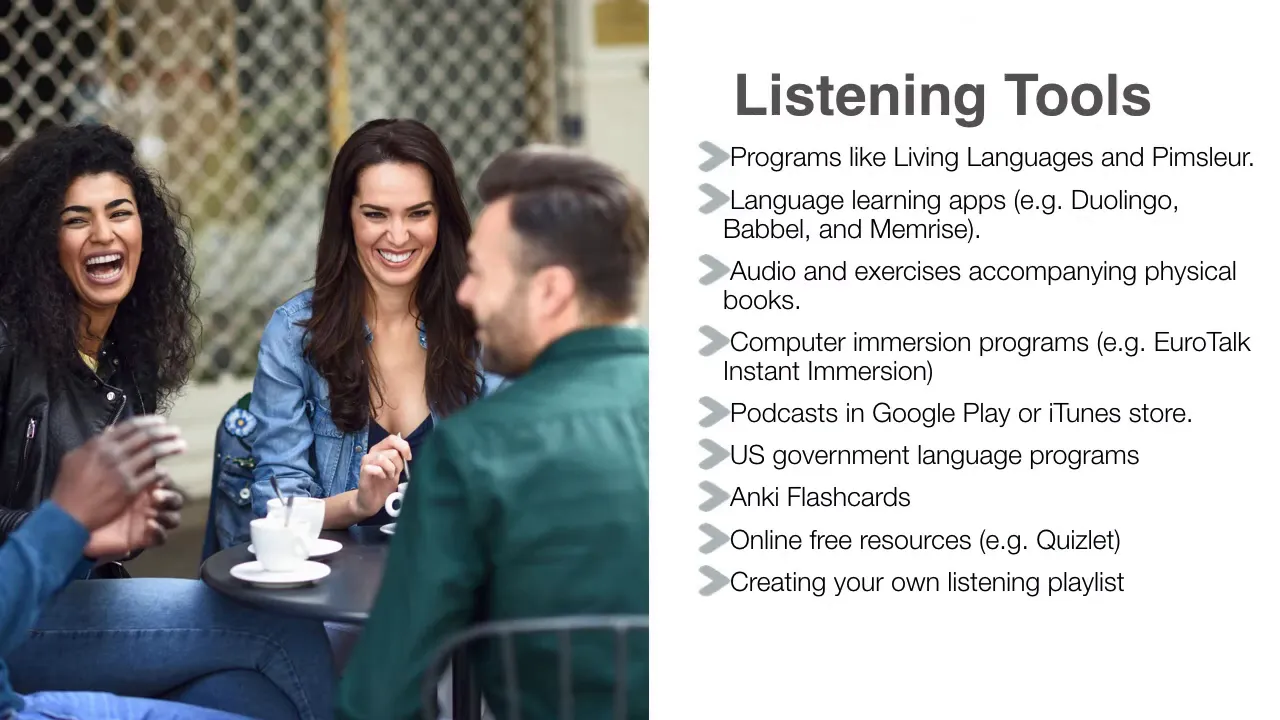
For intermediate and advanced learners, add native-speaker conversations via video calls. Platforms like italki or tutors on Skype/Zoom let you practise comprehension in real time. I often record lessons so I can replay and mine them for new phrases.

Reading to accelerate progress
Reading is one of the most powerful ways to increase intake. Once you have some basic listening familiarity with pronunciation and rhythm, reading helps consolidate grammar and vocabulary through repeated exposure.
Reading activities by level
- Beginner: flashcards, phrasebooks, dialogues, printed podcast transcripts
- Intermediate: easy readers, blogs, horoscopes, advertisements, graphic novels
- Advanced: novels, news reports, research, plays and specialised texts
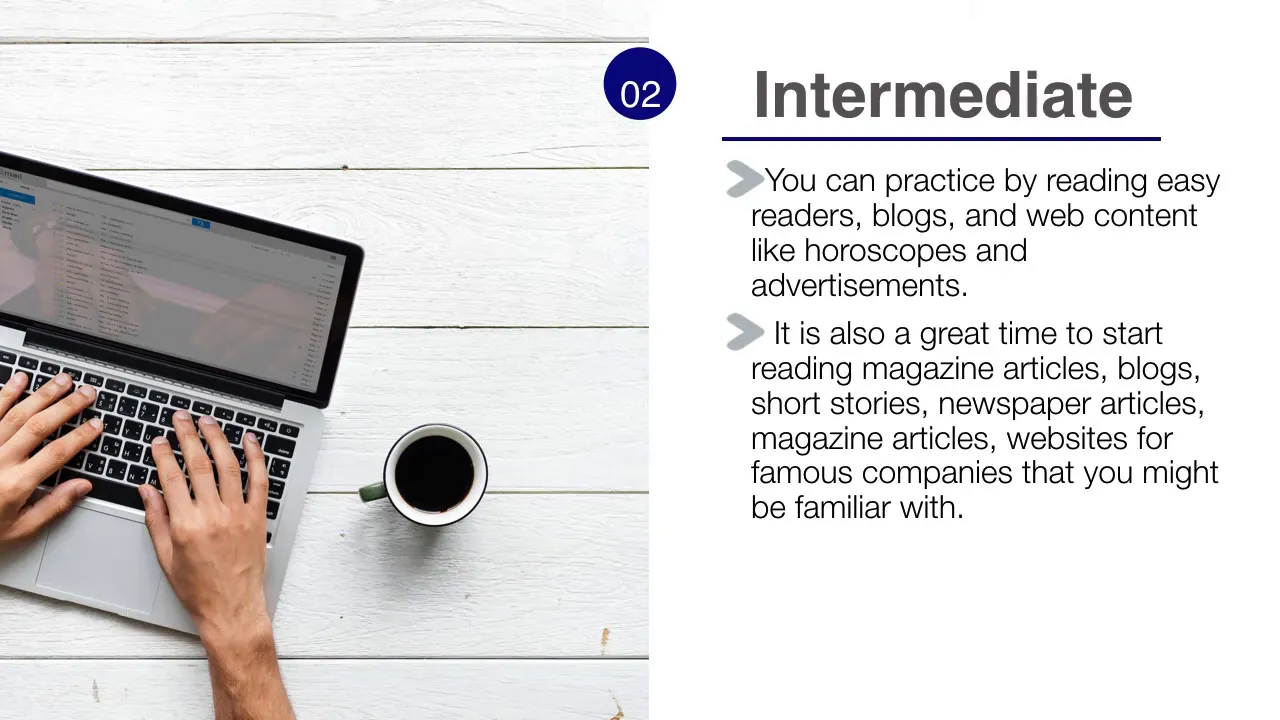
Practical reading tips: use ReadLang when reading online, print pages to annotate, highlight and write in the margins, and read the same material three to four times. Repetition helps turn input into acquisition—absorbing grammar and idioms naturally.
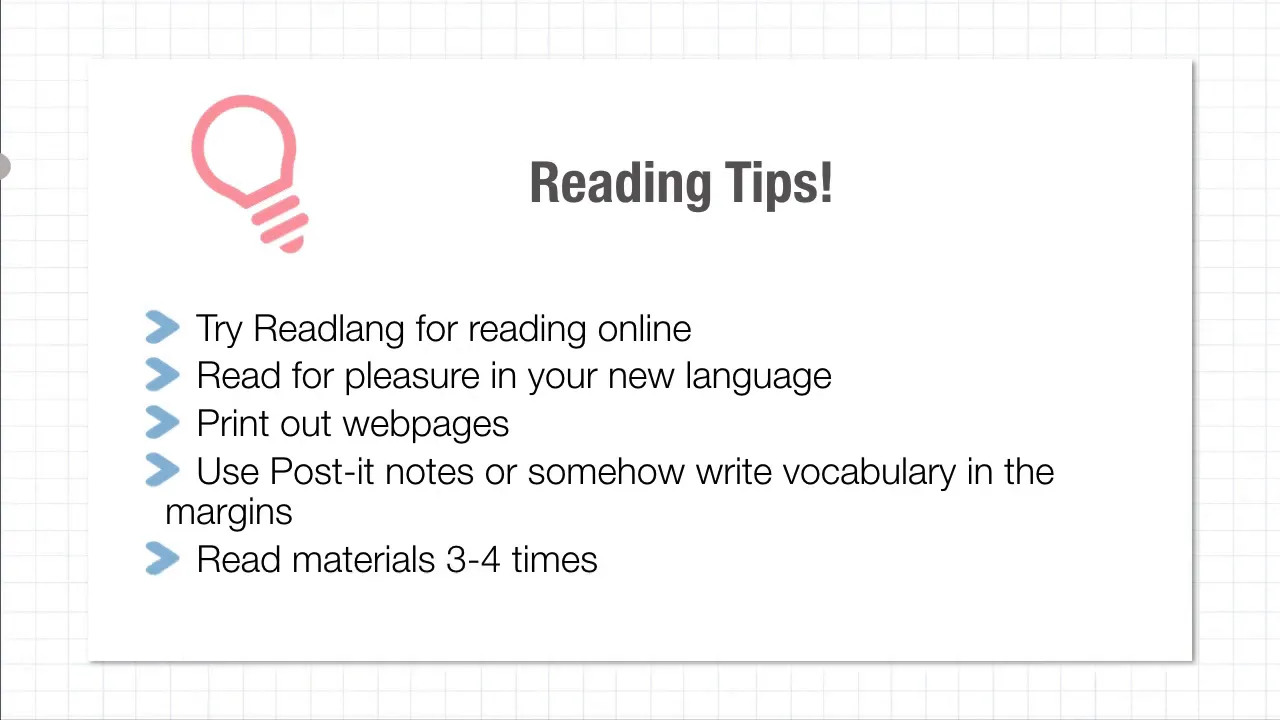
Designing your input-output routine
In any second language learning acquisition course: comprehension you should plan input deliberately. Allocate time each day for listening and reading and aim for roughly twice as much input as output—remember we have two ears and two eyes, one mouth and one brain. That ratio encourages absorption before production.
- Decide daily time blocks for listening and reading.
- Choose materials at language +1.
- Listen first; read the same content to reinforce sounds and structures.
- Record and replay tutor conversations.
- Repeat texts multiple times to deepen comprehension.

Common pitfalls and how to avoid them
- Avoid overreliance on songs for grammar—music is poetic and cultural but not always useful for everyday language.
- Don’t jump into advanced materials too soon; aim for language +1 rather than immersion in incomprehensible content.
- Balance passive input with active output: listening and reading should be the foundation, speaking and writing the application.
Conclusion
Focused second language learning and acquisition: comprehension means prioritising understandable input, using language +1, and building routines that combine listening and reading. Invest time in high-quality audio and enjoyable reading materials, replay lessons, annotate printed texts and get speaking practice with native speakers. If you commit to consistent input—twice as much as output—you’ll find many grammatical patterns and vocabulary items come to you naturally.
5 Weeks of No and Low Prep Fun
Need quick, engaging activities for your class? This free guide includes 25 no-prep and low-prep ideas to save time while keeping students excited about learning.
Download your free copy now.
